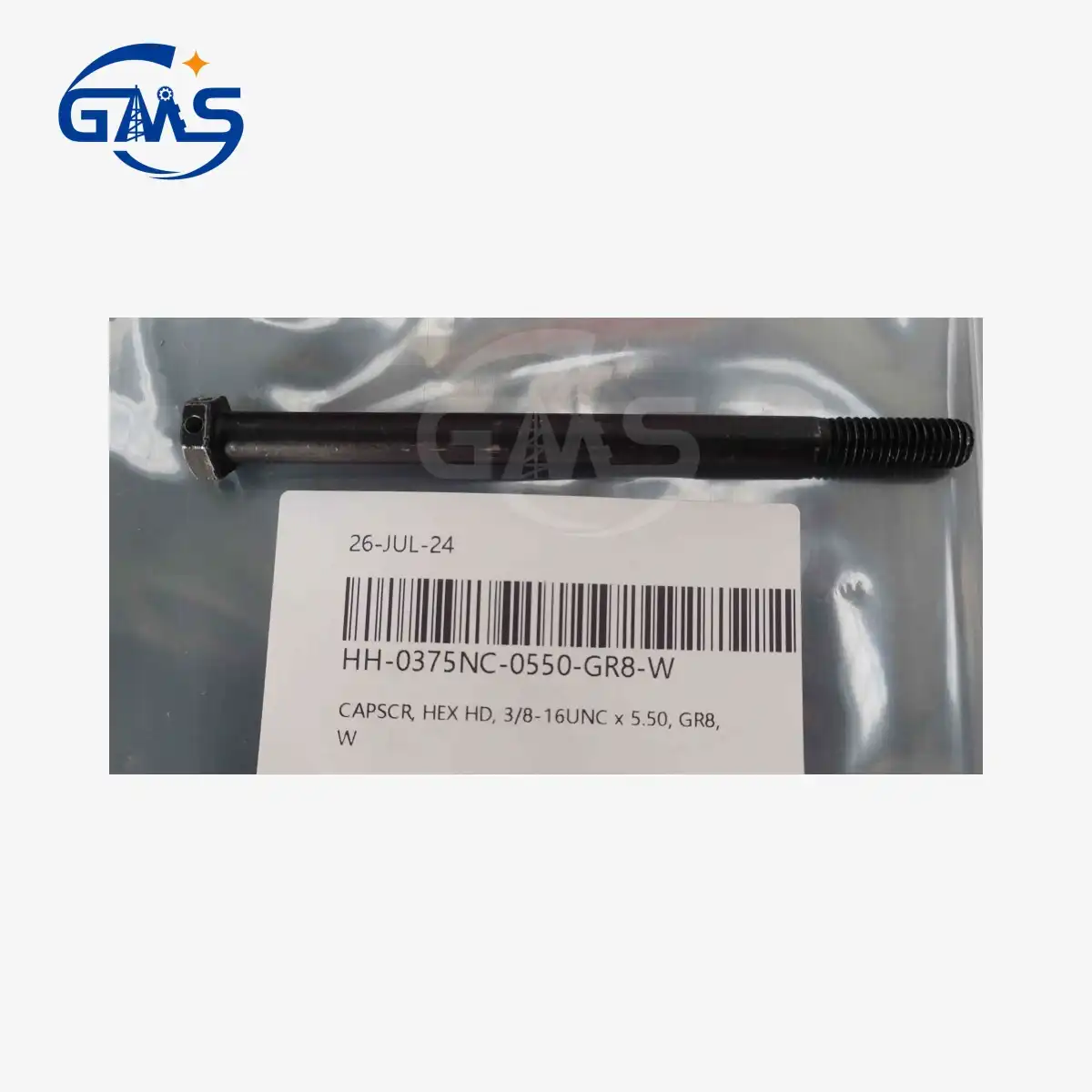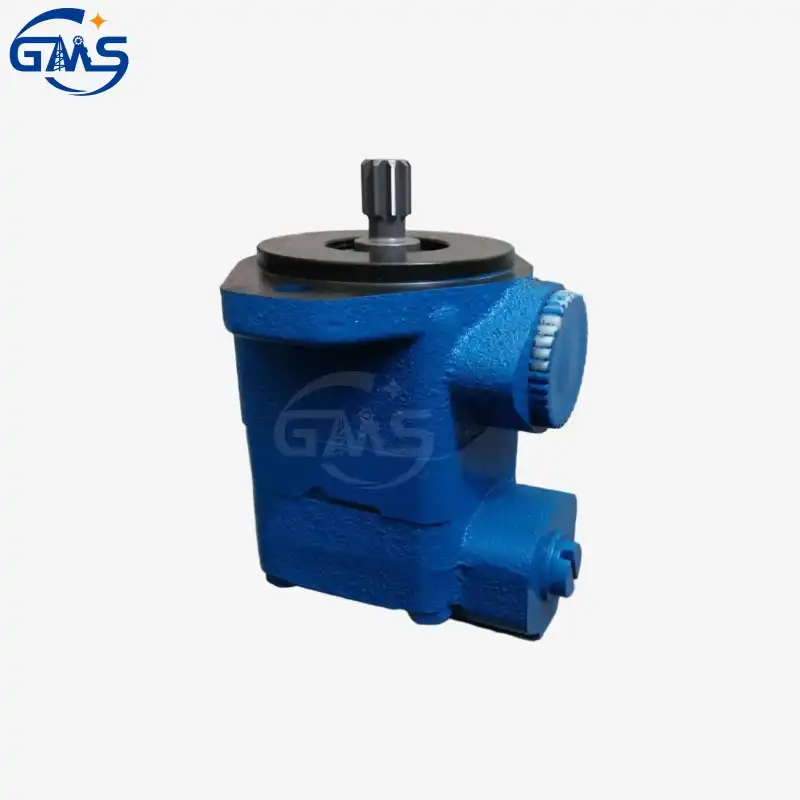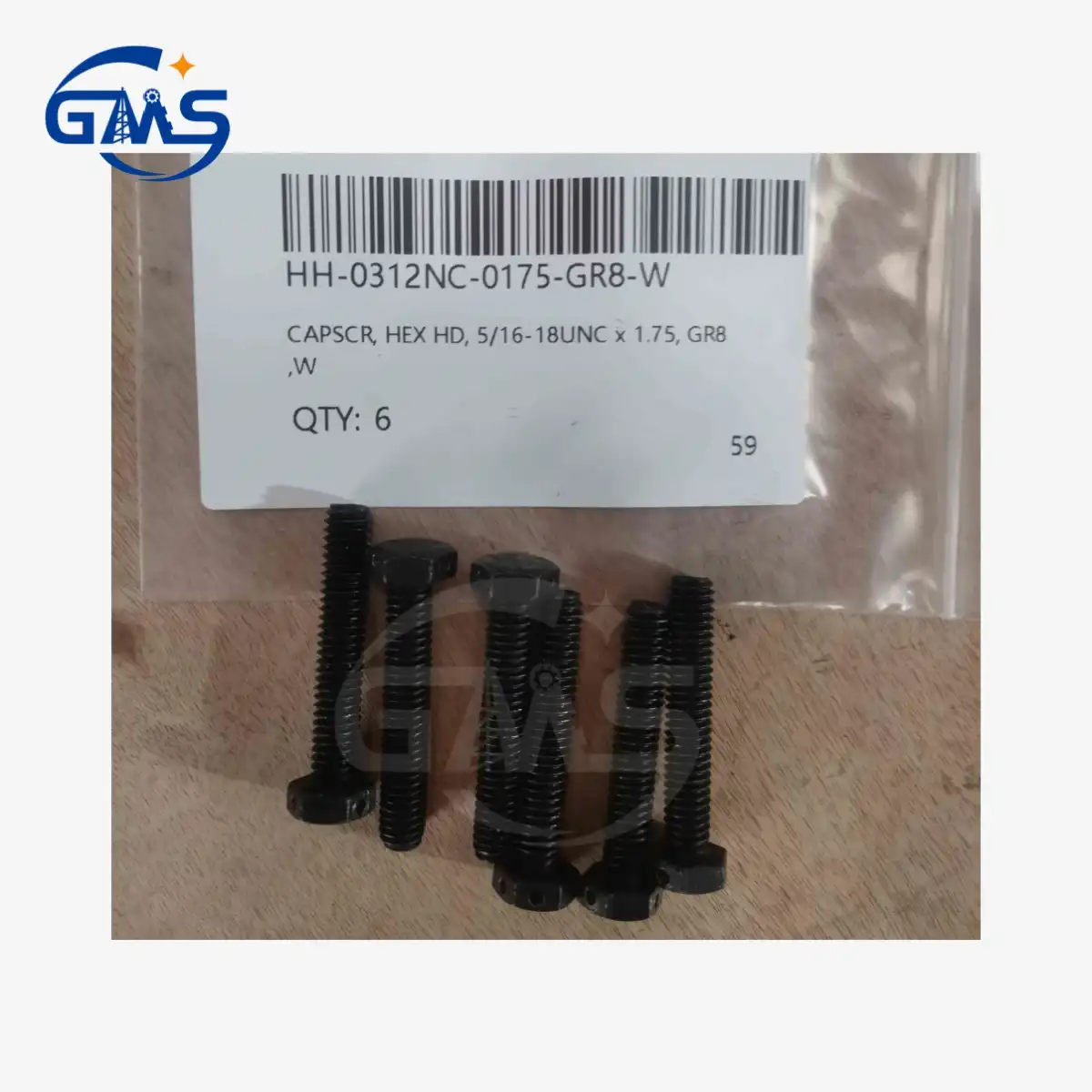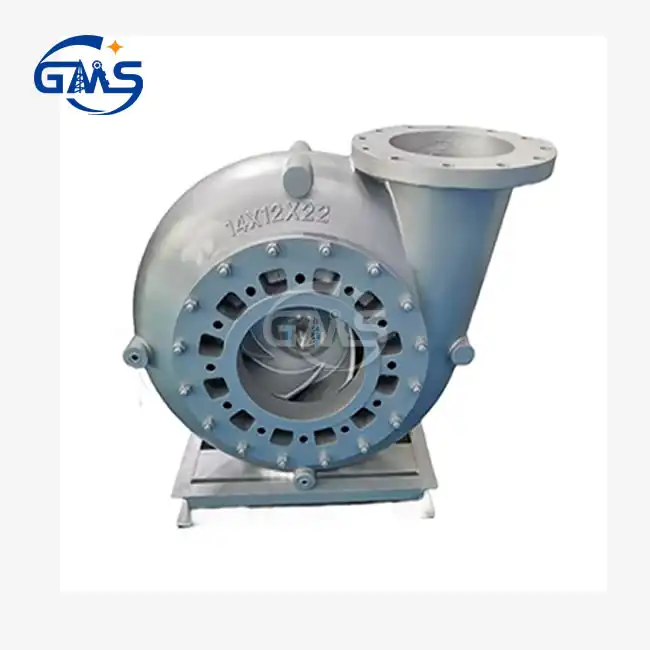- English
- French
- German
- Portuguese
- Spanish
- Russian
- Japanese
- Korean
- Arabic
- Greek
- German
- Turkish
- Italian
- Danish
- Romanian
- Indonesian
- Czech
- Afrikaans
- Swedish
- Polish
- Basque
- Catalan
- Esperanto
- Hindi
- Lao
- Albanian
- Amharic
- Armenian
- Azerbaijani
- Belarusian
- Bengali
- Bosnian
- Bulgarian
- Cebuano
- Chichewa
- Corsican
- Croatian
- Dutch
- Estonian
- Filipino
- Finnish
- Frisian
- Galician
- Georgian
- Gujarati
- Haitian
- Hausa
- Hawaiian
- Hebrew
- Hmong
- Hungarian
- Icelandic
- Igbo
- Javanese
- Kannada
- Kazakh
- Khmer
- Kurdish
- Kyrgyz
- Latin
- Latvian
- Lithuanian
- Luxembou..
- Macedonian
- Malagasy
- Malay
- Malayalam
- Maltese
- Maori
- Marathi
- Mongolian
- Burmese
- Nepali
- Norwegian
- Pashto
- Persian
- Punjabi
- Serbian
- Sesotho
- Sinhala
- Slovak
- Slovenian
- Somali
- Samoan
- Scots Gaelic
- Shona
- Sindhi
- Sundanese
- Swahili
- Tajik
- Tamil
- Telugu
- Thai
- Ukrainian
- Urdu
- Uzbek
- Vietnamese
- Welsh
- Xhosa
- Yiddish
- Yoruba
- Zulu
What is the function of wear plate in centrifugal pump?
Understanding the critical components that ensure optimal performance in industrial pumping systems is essential for maintaining operational efficiency and reducing maintenance costs. Among these components, the centrifugal pump wear plate stands as a vital element that directly impacts pump longevity and performance reliability. This article explores the fundamental functions, applications, and advantages of wear plates in centrifugal pumps, providing valuable insights for industries ranging from oil and gas exploration to mining and wastewater treatment. The centrifugal pump wear plate serves as a replaceable protective barrier between the pump's rotating impeller and stationary casing, creating a controlled seal that maintains proper clearance between these components. By managing internal recirculation and minimizing pressure losses, wear plates prevent excessive fluid leakage while protecting expensive impeller and casing surfaces from direct contact and erosion. This sacrificial component absorbs the mechanical wear that would otherwise damage more costly pump elements, ensuring extended equipment lifespan and consistent operational efficiency across diverse industrial applications.
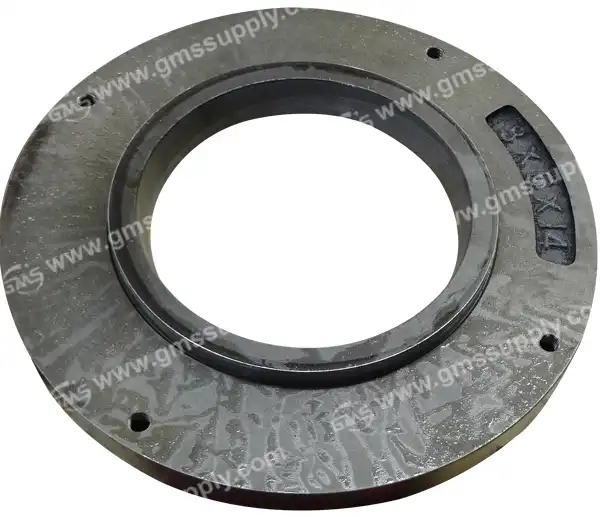
Understanding the Primary Function of Centrifugal Pump Wear Plates
The fundamental purpose of a centrifugal pump wear plate extends beyond simple physical separation of components. These precision-engineered elements create a restrictive annulus between different pressure zones within the pump assembly, establishing a controlled environment where fluid dynamics are carefully managed. The wear plate functions as a hydraulic seal that limits the amount of fluid recirculating from the high-pressure discharge side back to the low-pressure suction side of the impeller. This controlled leakage pathway is critical because excessive internal recirculation not only reduces pump efficiency but also generates heat and accelerates component degradation. The MISSION centrifugal pump wear Pad exemplifies this design philosophy, incorporating materials and geometries specifically optimized to maintain tight clearances under demanding operational conditions. In oil and gas drilling applications, where pumps frequently handle abrasive fluids containing solid particles, the wear plate absorbs the brunt of erosive forces, protecting the impeller and casing from premature failure. The differential pressure across the wear plate drives a small, controlled flow through the clearance gap, which serves the dual purpose of providing hydraulic balancing and preventing solids accumulation in critical clearance areas.
Protecting Critical Pump Components from Mechanical Wear
Centrifugal pumps operate in environments where rotating and stationary components must maintain extremely close proximity without physical contact. The centrifugal pump wear plate provides a replaceable wear surface that prevents direct metal-to-metal contact between the impeller and pump casing. Without this protective element, even minor operational irregularities such as shaft deflection, bearing wear, or thermal expansion could result in catastrophic impeller-to-casing contact, causing severe damage to both components. The economic advantage of wear plates becomes immediately apparent when considering replacement costs—replacing a worn wear plate is significantly more cost-effective than machining or replacing an entire impeller or pump casing. The 250 Centrifugal Pump Wear Pad manufactured by GMS demonstrates this protective function through its robust construction and precise tolerances, which accommodate normal operational variations while maintaining protective clearances. In high-temperature applications common in drilling operations, thermal expansion can reduce clearances to critical levels; quality wear plates are designed with appropriate material properties and thermal expansion coefficients to maintain functional gaps across the entire operational temperature range. Additionally, wear plates serve as the primary defense against particulate erosion in applications involving slurries or fluids with suspended solids, where abrasive particles would otherwise score and damage impeller surfaces, leading to dynamic imbalance and premature component failure.
Maintaining Hydraulic Efficiency and Pump Performance
The relationship between wear plate condition and overall pump performance is direct and quantifiable. As wear plates deteriorate and clearances increase beyond design specifications, internal recirculation intensifies, resulting in measurable efficiency losses and reduced pump output. The centrifugal pump wear plate maintains optimal hydraulic efficiency by preserving the engineered clearance gap that minimizes slip—the term used to describe fluid that recirculates internally rather than contributing to the pump's discharge flow. Research in pump hydraulics demonstrates that clearance increases of just a few thousandths of an inch can result in efficiency losses of several percentage points, translating to significant energy costs over the pump's operational life. The MISSION SUPREME 2500 Centrifugal Pump Wear Pad is engineered to maintain these critical clearances throughout extended service intervals, providing consistent performance in demanding applications. Beyond efficiency considerations, proper wear plate function contributes to stable pump operation by preventing flow disturbances that can trigger cavitation—a destructive phenomenon where vapor bubbles form and collapse within the pump, causing noise, vibration, and material erosion. In applications such as mud circulation in drilling operations, where pumps must maintain consistent pressure and flow rates to ensure borehole stability, the wear plate's role in preserving hydraulic performance becomes mission-critical. Furthermore, properly functioning wear plates contribute to reduced axial thrust on pump bearings by maintaining hydraulic balance across the impeller, extending bearing life and reducing maintenance frequency.
Material Selection and Design Considerations for Optimal Performance
The effectiveness of a centrifugal pump wear plate depends significantly on material selection and design features appropriate to specific operating conditions. Modern wear plates are manufactured from various materials, including hardened steel alloys, stainless steels, bronze, and specialized polymers, each offering distinct advantages for particular applications. In abrasive service conditions common to mining and drilling operations, hardened steel or ceramic-reinforced materials provide superior erosion resistance, while corrosive environments may require stainless steel or exotic alloys with enhanced chemical resistance. The centrifugal pump wear plate design must also consider operating temperature ranges, as materials behave differently under thermal stress—some becoming brittle at low temperatures while others lose hardness at elevated temperatures. GMS's 250 Centrifugal Pump Wear Pad incorporates material specifications optimized for the demanding conditions encountered in oil and gas drilling, where pumps may handle hot, abrasive, and chemically aggressive fluids simultaneously. Design features such as groove patterns, edge profiles, and surface treatments further enhance wear plate performance by promoting beneficial flow patterns, improving lubrication, or increasing surface hardness. The geometry of the wear plate face—whether flat, tapered, or featuring specific relief patterns—influences the hydraulic forces acting on the component and affects clearance stability during operation. Manufacturing precision is equally critical, as dimensional accuracy directly impacts the initial clearance gap and, consequently, the wear plate's functional lifespan and the pump's hydraulic performance throughout the service interval.
Cost-Effective Maintenance Through Wear Plate Replacement
Implementing a proactive wear plate replacement strategy represents one of the most cost-effective maintenance practices in centrifugal pump management. The economic logic is compelling: wear plates are designed as sacrificial components, intentionally absorbing operational wear to protect more expensive and difficult-to-replace pump elements. When purchasing centrifugal pump wear plate alternatives from manufacturers like GMS, operators gain access to quality replacement components at significantly lower costs compared to OEM parts, making preventive maintenance programs more economically viable. This price advantage is particularly relevant for operations managing multiple pump installations or maintaining spare parts inventory for critical applications where downtime costs are substantial. Budget-conscious operators can maintain optimal pump performance without compromising reliability by strategically utilizing alternative wear plates for non-critical applications or as part of routine maintenance cycles. The availability of alternatives also reduces procurement lead times, as manufacturers specializing in replacement parts typically maintain larger inventories and offer faster delivery than OEM channels. GMS's commitment to short lead times—with most items available from stock or producible within very brief periods—ensures that maintenance schedules are not disrupted by parts availability issues. Beyond direct cost savings, the use of ISO 9001 certified replacement wear plates provides quality assurance comparable to original equipment while supporting more flexible maintenance budgeting. The ease of wear plate replacement, which typically requires only basic disassembly of the pump's volute section, means that maintenance personnel can perform these changes during scheduled maintenance windows without requiring specialized tools or extensive training, further reducing the total cost of ownership.
GMS: Your Trusted Partner for Centrifugal Pump Wear Plate Solutions
Global Machinery Supply Co., Ltd. has established itself as a reliable China centrifugal pump wear plate supplier with over a decade of specialized experience in providing quality replacement components for the oil and gas drilling industry. As a professional China centrifugal pump wear plate manufacturer, GMS understands the critical nature of pump reliability in applications where equipment failure can result in operational shutdowns, safety concerns, and significant financial losses. The company's product portfolio includes comprehensive offerings for MISSION 2500 Supreme Centrifugal Pumps, with wear pads available under multiple OEM reference numbers (H2501-01-30A, H2502-01-30A, H2503-01-30A, H2504-01-30A, H2505-01-30A, H2506-01-30A, H2527-01-30A) and corresponding GMS part numbers (2500W4313, 2500W5414, 2500W6511, 2500W6514, 2500W8611, 2500W8614). As a dedicated China centrifugal pump wear plate factory, GMS maintains rigorous quality control throughout the production process, from raw material selection to finished product inspection, ensuring that every component meets international standards validated through ISO 9001 certification. The company's expertise extends across multiple drilling equipment categories, including TDS top drive spare parts, mud pump components, and comprehensive centrifugal pump solutions, positioning GMS as a single-source supplier capable of supporting diverse operational requirements. This breadth of experience translates to deeper technical knowledge and more informed customer support, as GMS personnel understand not only individual components but also their integration within complete drilling systems. The competitive price structure offered by GMS makes quality maintenance accessible to operators across various budget categories, from large exploration companies to independent drilling contractors, without compromising on performance standards or reliability expectations.
Conclusion
The centrifugal pump wear plate represents a critical yet often underappreciated component that directly influences pump reliability, operational efficiency, and maintenance economics. By maintaining proper clearances, protecting expensive components, and preserving hydraulic performance, quality wear plates deliver measurable value throughout their service life. GMS offers cost-effective alternatives that combine proven performance with attractive pricing, making proactive maintenance strategies accessible for budget-conscious operations. With ISO 9001 certification, extensive industry experience, and commitment to customer service, GMS stands ready as your trusted China centrifugal pump wear plate wholesale partner.
Whether you require centrifugal pump wear plate for sale for immediate replacement needs or are planning long-term maintenance strategies, GMS provides the quality, availability, and technical support necessary for success. Our large inventory ensures fast delivery, while our experienced team offers responsive communication—typically within two hours—to address your specific requirements. From oil and gas exploration to mining and industrial processing applications, GMS delivers flexible solutions tailored to your operational demands. Contact us today at sales@gmssupply.com to discuss your centrifugal pump wear plate requirements and discover how our expertise and competitive pricing can reduce your operating costs while maintaining the reliability your operations demand.
References
1. Karassik, I.J., Messina, J.P., Cooper, P., and Heald, C.C. (2008). Pump Handbook: Fourth Edition. McGraw-Hill Professional, covering centrifugal pump design principles and component functions including wear rings and protective elements.
2. Lobanoff, V.S. and Ross, R.R. (1992). Centrifugal Pumps: Design and Application: Second Edition. Gulf Professional Publishing, detailing hydraulic clearances, internal leakage paths, and wear component design considerations.
3. Gülich, J.F. (2010). Centrifugal Pumps: Second Edition. Springer-Verlag, providing comprehensive analysis of pump hydraulics, efficiency factors, and mechanical component interactions in centrifugal pump systems.
4. McNally, W.A. (1986). Mechanical Seals for Pumps: Design and Application. Fairmont Press, discussing sealing mechanisms, clearance management, and protective components in rotating machinery including wear plate functions.
Learn about our latest products and discounts through SMS or email
